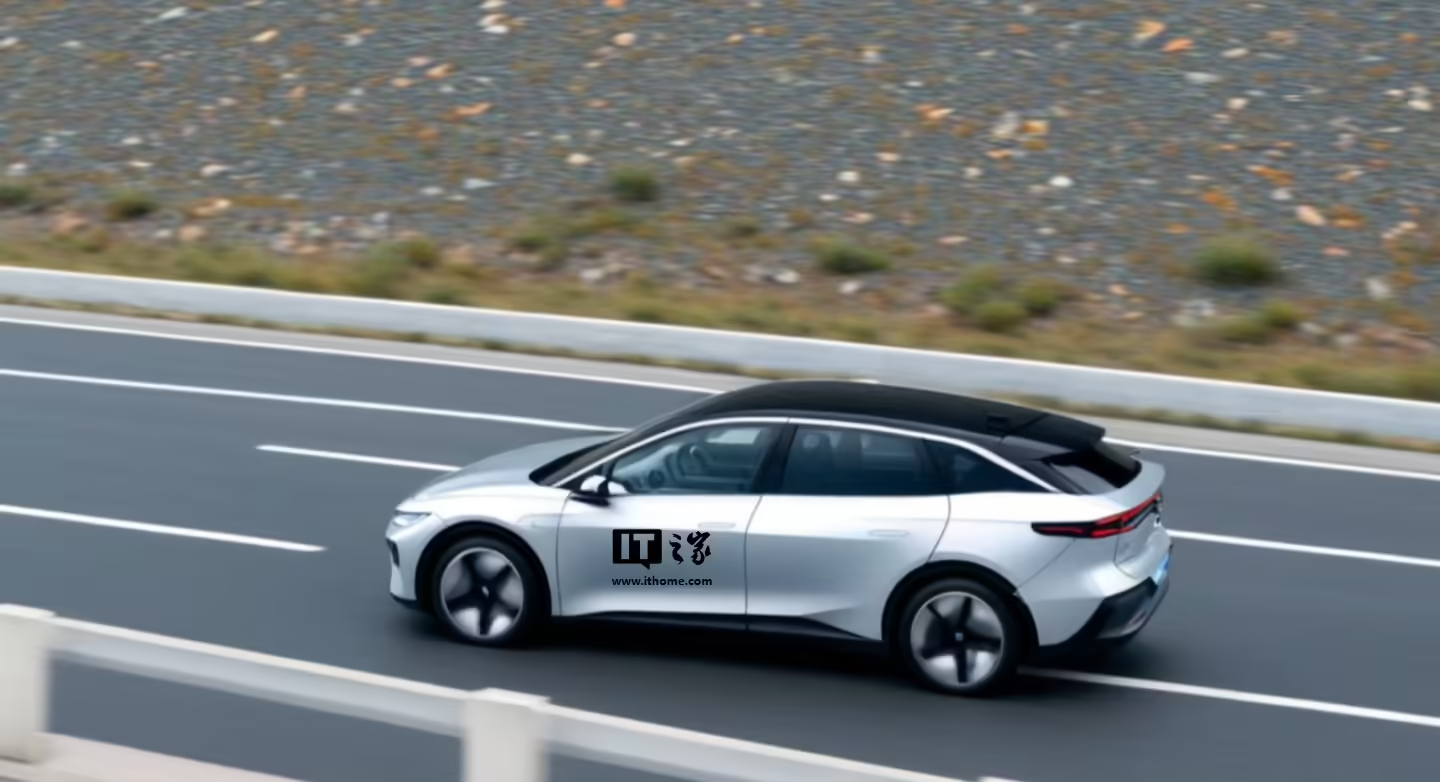IDC: China's NEV Market Size Expected to Approach 14 Million Units by 2025
International Data Corporation (IDC) released a report titled 'Top 10 Insights on China's Automotive Market by 2025', projecting that the market size for new energy vehicles (NEVs) in China will approach 14 million units by 2025.

The report highlights the following key points:
As the coverage area of high-level driving assistance functions in urban areas continues to expand, the previously fragmented scenarios such as highways, loop roads, and parking lots, where driving assistance functions are relatively mature, are gradually being pieced together, enhancing the completeness of high-level driving assistance functions. Currently, the systems with higher maturity in driving assistance functions have formed a high stickiness to users, who tend to activate these functions as much as possible once they start using them.
With the advancement of high-voltage fast charging technology from 4C to 4C+, and the mass production of semi-solid-state batteries, the energy replenishment shortcomings of NEVs are gradually being addressed. The development of battery management technology has expanded the design freedom of battery packs, allowing manufacturers greater innovation in solving issues related to battery life and operating conditions. Research and development of batteries for plug-in hybrids and range-extended electric vehicles are also receiving appropriate resource allocation among leading power battery manufacturers.
Plug-in hybrid vehicles will continue to contribute the most prominent growth rate to the NEV market by 2025, with their proportion in the NEV market continuing to increase. Iterations of intelligent chassis control systems are rapidly bridging the functional and handling differences between gasoline vehicles and NEVs, making the transition from gasoline vehicles to the NEV market smoother for gasoline car users. Brands such as Xiaopeng and Zhiji plan to launch range-extended models by 2025, with range-extended power modes occupying a place in a wider range of vehicle forms and price segments.
The development of scenarios such as mobile office and remote education is increasingly diminishing the rigidity of travel demand, with user needs gradually shifting from drivers to passengers. From in-car office work to children watching movies in the car, the rear audio-visual experience will be considered more when consumers purchase vehicles. The impact of this factor is not limited to the design of the second-row screens but is also influenced by various elements such as rear space and seat comfort.
The integration of motion recognition and voice interaction in the cabin signifies that the transformation of human-machine interaction from information transmission to intelligent perception has been preliminarily completed, with vehicles beginning to extend the collection of cabin information from voice, face, and gestures to more complex dimensions such as emotions and health conditions. Multimodal systems are further developing around voice interaction to meet the needs of diverse subpopulations more fully.
Furthermore, eVTOL will achieve pilot operations in multiple cities by 2025, exploring the early integration between road traffic and low-altitude airspace in the long term. Chinese automotive manufacturers have carried out more diversified layouts overseas, with export models including not only complete vehicle exports but also component exports, overseas factory construction, brand mergers and acquisitions, and in-depth cooperation with global dealer networks. By 2025, more overseas manufacturers will begin production, continuing to promote the supply chain system to achieve further internationalization and form a stronger domestic and international synergy.





